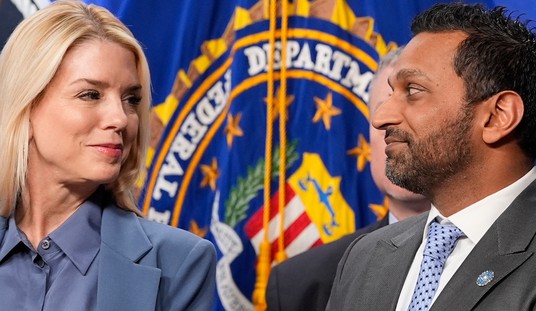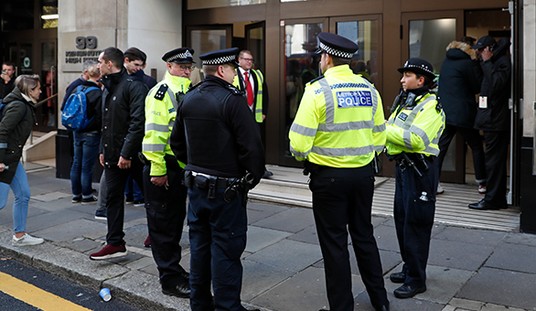The Obama administration has gone on an odd public-relations blitz to prop up the public’s perception of TARP, as ProPublica’s Paul Kiel notices. TARP originated in the Bush administration and became so politically toxic that it would make an easy talking point for Barack Obama to use to disparage GOP fiscal stewardship. However, Obama’s use of TARP to engineer his own government interventions in private markets means that he needs to convince taxpayers that TARP not only saved the American economy but will be a good investment over the long run.
Unfortunately, as Kiel reports, that’s simply not true. After spending $700 billion nearly three years ago, more than a third of it is still red ink, and probably unrecoverable:
At ProPublica, we’ve provided a comprehensive bailout database since TARP’s launch. It shows not only how much money has gone to each recipient, but how much each has paid in interest and dividend payments. With all this data, we’re able to clearly show how deep in the hole the program remains. And the answer as of today is $123 billion.
Add that to the bailout of Fannie Mae and Freddie Mac — which our site also tracks and is separate from the TARP — and taxpayers are $257 billion in the hole.
Although the bailout has extended to nearly a thousand institutions, just a few are primarily responsible for the continued deficit: Fannie and Freddie, of course, AIG, and the auto companies (GM, Chrysler, GMAC).
Fannie and Freddie account for slightly more than half of the red ink, as noted above. Those were part of the original TARP rescue effort, although the Obama administration is the one that requested and received a repeal of the cap for capital infusions into both GSEs. The original TARP plan capped the potential subsidies to $200 million. To this day, the White House has yet to propose a plan to close down Fannie and Freddie and end their connection to the federal government.
But that’s only half of the red ink. Most of the other half comes from AIG’s bailout, which is expected to end up with a small profit for taxpayers as Treasury sells its 92% stake in the underwriter, and Obama’s own TARP projects:
But the government’s rescue of the auto industry (specifically, GM, Chrysler, and GMAC) almost certainly won’t ever make its way out of the red. As of today, the hole is $47 billion.
George Bush’s private-sector recipients were entirely related to the financial industry — banks and AIG, which insured financial transactions. The banks have all repaid their TARP grants, with interest, and the money will eventually come out of AIG. But the money sunk into the automakers will almost never get repaid, as is the case for the money from the two GSEs, especially the continuing cash they absorb in winding down their portfolios.
Not only that, but as TARP’s special inspector Neil Barofsky testified earlier this month, even the public uses of TARP under the Obama administration have been a bust:
In prepared testimony Wednesday before a House subcommittee on housing, Barofsky said the unpleasant truth about most HAMP loan modifications was not just that they failed but that, after trials stretching for many months, they left participants in worse financial shape than when they began.
It’s a problem Geithner has refused to face, although the Treasury secretary has acknowledged that the incentives paid to loan servicers under HAMP “have not been powerful enough,” Barofsky said in the testimony, which was posted online by the House Financial Services Committee.
Citing “near universal agreement” that HAMP has failed to meet its goals, Barofsky noted that current debate centers “on whether the program should be terminated, replaced or revamped.”
“Treasury, it seems, stands alone in defending the status quo,” he said.
The watchdog panel overseeing TARP said that its continuing operation sends strong signals that the US will bail out financial institutions rather than allow them to suffer the consequences of their bad decisions:
The watchdog panel for the $700 billion bank bailout faulted the U.S. government for the last time on Wednesday, saying the program helped underpin the perception that federal authorities will always prevent troubled financial firms from failing.
In its final report on the bank bailout, the panel attacked the government for not being transparent enough and not articulating clear goals for its foreclosure prevention program.
It also said federal intervention transformed the notion of ‘too big to fail’ into a stark reality.
That’s what the public-relations blitz wants to defend — a status quo painted in deeply red ink, with the backing of the federal government.








Join the conversation as a VIP Member